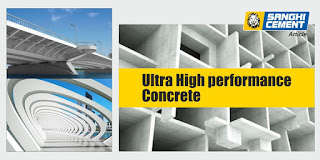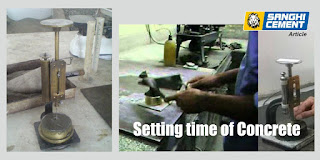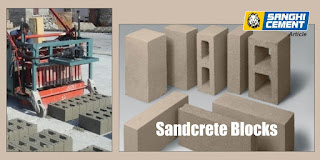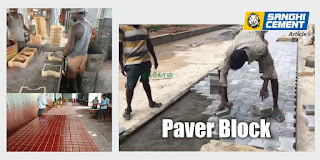White Portland Cement

As name suggest it is a cement with a white colour. It is same as Ordinary Portland cement which is grey colour except colour and fineness. As per architectural point of view colour is important hence white colour can be obtained by its raw materials and the manufacturing process. Metal oxides, primarily iron and manganese, influence the whiteness and undertone of the material. After adding pigments, white cements produce clean, bright colours, especially for light pastels. Concrete can be created with the different colours by adding two or more pigments. This cement is used for decorative and architectural concrete. It gives consistent colour result. We can get every colour by this colour of cement. It is much finer than OPC. The manufacturing process of white cement doesn’t need any special precautions. Uses of White Portland Cement Ø Used for coloured concrete with the use of inorganic pigments to produce brightly coloured concretes and mortar...




